30 Best Japanese Logo Design Ideas You Should Check

Source: Zhenya Artemjev, Catbeats, Dribbble, https://dribbble.com/shots/6867298-Catbeats-Logo
Dive into the world of creativity and elegance with our vibrant exploration of Japanese logo design, where tradition meets modernity in every stroke! Japanese design aesthetics, known for their minimalist yet profound nature, have influenced artists and designers worldwide. As we uncover some of the best Japanese logo design ideas, prepare to be inspired by the unique blend of simplicity, symbolism, and sophistication that these designs offer.
Whether you're a budding designer eager to infuse some Eastern philosophy into your work or a business owner looking for a logo that speaks volumes about precision and clarity, this article is your gateway to discovering how the art of Japanese logo design can elevate your brand identity. From the clever use of negative space to the incorporation of cultural elements like cherry blossoms and koi fish, each logo we feature is a testament to the rich visual language of Japan. So, let's unleash your imagination and explore these fantastic design ideas that can transform any brand into a story of aesthetic excellence and cultural depth!
Japanese Logo Design Ideas

Source: Lucas Fields, Asami, Dribbble, https://dribbble.com/shots/19668607-Asami-Lettermark-Design

Source: Yeongmin Ko, Behance, https://www.behance.net/gallery/198718091/Sushi-Restaurant-Branding-Logo-Design

Source: Jordan Jenkins, Omnitype, Dribbble, https://dribbble.com/shots/14869450-Omnitype-Branding

Source: Bogdan Katsuba, Engetsu Consulting, Dribbble, https://dribbble.com/shots/15624017-Engetsu-Consulting

Source: Nightshift Nest, Taiko Sushi, Behance, https://www.behance.net/gallery/127239817/Taiko-Sushi-Branding

Source: Ostem, Godzilla Destroy, Dribbble, https://dribbble.com/shots/15632267-Godzilla-Destroy

Source: Evan Bozarth, Papa Kuma, Dribbble, https://dribbble.com/shots/6494381-Papa-Kuma-Logo

Source: Nat | Command N Design Studio, Kanpai, Behance, https://www.behance.net/gallery/214323393/Kanpai-Logo-Identity-for-Sushi-Restaurant-and-Bar

Source: Dustin Holmes, Roji, Behance, https://www.behance.net/gallery/161233771/Roji

Source: Ostem, Dribbble, https://dribbble.com/shots/15604417-Godzilla-Rawwww

Source: Tamara Radkie, Dribbble, https://dribbble.com/shots/16915023-Japanese-imports

Source: Molly Russell, Nisei, Behance, https://www.behance.net/gallery/103332921/Restaurant-Nisei

Source: Matt Serif, Matcha No Ma, Behance, https://www.behance.net/gallery/115552363/Matcha-No-Ma-Cafe-Branding

Source: Mo Hashim, Tengu Master, Dribbble, https://dribbble.com/shots/16782335-Tengu-Master-Logo

Source: Gabriel Carmona, Konoha, Behance, https://www.behance.net/gallery/65820823/Konoka-Temakeria-Sushi-Bar

Source: Vacaliebres, Motomasu, Dribbble, https://dribbble.com/shots/9530321-MOTOMASU

Source: Bogdan Katsuba, Engetsu Consulting, Behance, https://www.behance.net/gallery/109446041/Engetsu-Consulting

Source: Anastasia Ladan, Kotokawa Japanese Language School, Behance, https://www.behance.net/gallery/85962899/JAPANESE-LANGUAGE-SCHOOL-Branding

Source: Paiheme Studio, Dribbble, https://dribbble.com/shots/5955617-PS-Stickers

Source: Linijos, Asaki, Dribbble, https://dribbble.com/shots/6011002-Asaki

Source: Zhenya Artemjev, Rux Toy, Dribbble, https://dribbble.com/shots/19326946-Rux-Toy

Source: Matis Branding, Kuro, Dribbble, https://dribbble.com/shots/4288205-KURO-Japanese-Restaurant-Logo-Wordmark-K

Source: Alexander Babariko, Oshi, Behance, https://www.behance.net/gallery/76521523/OSHI-Branding

Source: Vy Phan, Nippon Teien, Behance, https://www.behance.net/gallery/215873313/Nippon-Teien-Brand-Identity-Design

Source: Yana Ivanova, Keyko, Behance, https://www.behance.net/gallery/140886111/Matcha-tea-logo-design

Source: Mariann I, Kaikan, Behance, https://www.behance.net/gallery/215091555/Kaikan

Source: Aakanksha Surana, Kaori, Behance, https://www.behance.net/gallery/157198693/Kaori-Branding-Project

Source: Cocomilk Studio, Hamaru, Behance, https://www.behance.net/gallery/127345107/Hamaru-Yakitori-and-Sushi

Source: Almeja Estudio, Daishō, Behance, https://www.behance.net/gallery/105609169/DAISHO

Source: Zhenya Artemjev, Catbeats, Dribbble, https://dribbble.com/shots/6867298-Catbeats-Logo
What Are Some Tips for Designing a Japanese-Inspired Logo?
Creating a logo that draws inspiration from Japanese aesthetics can be a transformative journey for any brand. Japanese logo design is renowned for its ability to meld minimalism, tradition, and modernity into a cohesive visual experience. If you're looking to craft a logo that encapsulates the essence of Japan, here are five fun and unique tips to guide you on your design path!
Embrace Minimalism with Maximum Impact
Japanese design is synonymous with minimalism. This doesn't just mean fewer elements, but also the thoughtful use of space, color, and form to convey your message. Think of how a simple brush stroke can represent a mountain or waves—the concept of 'less is more' is key. When designing your logo, consider stripping away the unnecessary and focusing on what is essential. Choose clean, uncluttered lines and limit your color palette to create a bold and clear impact.
Incorporate Traditional Symbols with a Twist
Japan is rich in symbols and imagery, from cherry blossoms (sakura) and cranes to the red circle of the national flag. These elements can provide a strong connection to Japanese culture. However, to stand out, twist these traditional symbols in a way that adds a layer of intrigue and modernity to your design. For instance, a cherry blossom could subtly morph into another relevant shape, like a cup of coffee for a café logo, blending tradition with the business’s contemporary essence.
Utilize Japanese Typography Thoughtfully
Kanji, Hiragana, and Katakana are beautiful scripts and can add an authentic touch to your logo. Even if your audience is not Japanese, integrating these characters artistically can add a layer of visual interest. Be mindful of the meanings and choose characters that align with your brand's values and essence. You could also consider using a font that mimics the calligraphic strokes of Japanese writing, offering a nod to traditional aesthetics while remaining readable to a non-Japanese audience.
Play with Negative Space
Japanese art and design often make effective use of negative space, which can tell a story as powerfully as the filled spaces. Think about how the famous Japanese ink paintings balance blank areas with detailed strokes. Apply this to your logo by considering what isn’t there just as much as what is. A clever use of negative space can turn a simple logo into a visual puzzle that invites the viewer to look a little closer.
Reflect Natural Beauty
Nature plays a significant role in Japanese culture, often symbolizing the cycle of life and the beauty of the fleeting moment. Integrating natural elements like mountains, rivers, or flora into your logo can convey a sense of harmony and tranquility. Think about how these elements can symbolize your brand’s philosophy. For example, a mountain might represent endurance and permanence, ideal for a brand that prides itself on tradition and reliability.
Designing a Japanese-inspired logo is an exciting challenge that can yield beautiful, meaningful results. By incorporating these tips, you'll be well on your way to creating a logo that not only pays homage to the rich cultural tapestry of Japan but also carries a unique brand story that resonates with your audience. Dive into the design process with enthusiasm and let your creativity flourish!
What Is the Significance of Nature in Japanese Logo Design?
In the world of Japanese logo design, nature is not just a decorative element; it's a profound expression of cultural identity and philosophy. Drawing from a deep-rooted connection with the natural world, Japanese designers infuse logos with elements that evoke emotions, symbolize philosophies, and connect with audiences on a spiritual level. Here are five fun and insightful points on how nature significantly impacts Japanese logo design:
Symbolism and Meaning
Nature is deeply symbolic in Japanese culture. Each element, from cherry blossoms to mountains and rivers, carries a specific meaning and evokes particular sentiments. For instance, the cherry blossom, or sakura, symbolizes the beauty and transience of life, often used in logos to denote beauty, renewal, or the fleeting nature of time. Incorporating such elements into logo design can communicate your brand's deeper values or the ephemeral nature of its offerings.
Harmony and Balance
Japanese aesthetics highly value harmony and balance, principles clearly mirrored in nature. Designers often use symmetrical or slightly asymmetrical compositions that reflect the balance found in nature, such as the way branches of a tree might grow or how leaves scatter with the wind. A logo that incorporates these principles will not only be visually pleasing but also convey a sense of stability and tranquility, appealing to viewers' innate love for balance.
Minimalism and Simplicity
Inspired by the Zen concept of simplicity, Japanese logo design often features minimalist representations of natural elements. This could be a single wave, a minimalist mountain outline, or a stylized sun. These simple forms help create clean, memorable logos that are easy to recognize and resonate with on a subconscious level. This approach not only adheres to modern design trends but also connects with traditional Japanese principles of 'less is more’.
Seasonal Awareness
Japan’s distinct four seasons offer a rich palette of inspirational sources for logo design. Each season is associated with specific colors and elements, and logos can incorporate these to suggest a particular time of year or to align with a seasonal product launch. For example, vibrant greens for spring or muted oranges and browns for autumn can set a seasonal mood and connect the logo more deeply with the local or seasonal nature of a business.
Fluidity and Movement
Nature is never static, and this movement is often captured in Japanese logo design. The flowing lines that represent rivers, the swirling patterns denoting wind, and even the curling shapes of leaves and petals are used to convey dynamism and growth. These elements can give a logo a sense of activity and life, making it more engaging and reflective of a brand that is active, evolving, and responsive.
By integrating these natural elements into logos, Japanese designers create more than just a brand mark; they create a sensory bridge to nature that resonates with deep cultural significance. Whether you’re a designer looking to infuse some of these elements into your own work or a business keen on a logo that speaks universally, tapping into the rich tapestry of Japanese natural symbolism can transform a simple logo into a story, an experience, and a piece of art.
What Are Some Japanese Symbols That Can Be Used in Japanese Logo Design?
In Japanese logo design, symbols are not just art; they are storied elements steeped in cultural significance and aesthetic value. These symbols can transform a basic logo into a narrative that speaks to both heritage and craftsmanship. If you're looking to add a dash of Japan to your branding, here are five iconic Japanese symbols to consider, each offering its own unique flair and meaning:
The Cherry Blossom (Sakura)
The cherry blossom, or sakura, is one of the most celebrated symbols in Japanese culture, epitomizing the beauty and transience of life. In logo design, sakura can add a delicate, ephemeral quality to your brand, suggesting beauty, renewal, and the fleeting nature of perfection. It's perfect for businesses that want to highlight themes of freshness, new beginnings, or natural beauty, making it a popular choice in industries like hospitality, beauty, and health.
The Red Circle (Hinomaru)
Often seen on the national flag, the red circle represents the sun and is a powerful icon of Japan itself. This symbol can be used in logo design to convey a sense of origin, energy, and the brightness of ideas. It’s particularly effective for brands that wish to emphasize their Japanese roots or those who want to project a sense of optimism and innovation.
Koi Fish
Koi fish are revered in Japan for their determination and strength, particularly because they swim upstream and are believed to climb waterfalls. In logo design, incorporating koi fish can symbolize perseverance, success in adversity, and good fortune. This makes it an excellent choice for businesses that want to reflect growth, ambition, and the overcoming of obstacles.
Mount Fuji
As Japan’s tallest peak and an iconic symbol of majesty and stillness, Mount Fuji brings a sense of calm and stability to a logo. Its depiction can signify resilience, endurance, and a grounding presence. Ideal for businesses that pride themselves on their steadfast nature and robust reliability, Mount Fuji can make any logo feel more solid and trustworthy.
The Chrysanthemum
The chrysanthemum, or kiku, is a symbol of the Emperor and the Imperial family, representing longevity and rejuvenation. Logos that incorporate the chrysanthemum can convey a sense of tradition, refinement, and the high quality of craftsmanship. This is particularly apt for luxury brands, wellness companies, or any business that wants to emphasize a sophisticated, enduring product or service.
These symbols, when used thoughtfully, do more than create visual appeal; they weave a story and build a connection with the audience. By choosing the right Japanese symbol for your logo, you can infuse your brand with a deep cultural resonance and aesthetic appeal that sets it apart in a crowded marketplace. Remember, the key is to integrate these symbols in a way that aligns with your brand's identity and values, creating a logo that is not only beautiful but also meaningful.
What Colors Work Best for Japanese Logo Designs?
When it comes to Japanese logo design, choosing the right colors is as important as the design itself. Color in Japanese culture carries deep symbolic meanings and can convey messages without a single word. Whether you're aiming to inject a traditional vibe or a modern twist into your logo, here are five colors that resonate well within the realm of Japanese aesthetics and how they can enhance your logo's impact:
Red (Aka)
Red is a powerful color in Japanese culture, symbolizing strength, passion, and energy. It’s also associated with good fortune and protection against evil. In logo design, red can be used to grab attention and evoke a strong emotional response. It’s perfect for brands looking to project power, excitement, or a bold presence. This vibrant color can make your logo pop, especially when contrasted with more subdued hues like white or black.
Black (Kuro)
Black in Japanese culture represents mystery, sophistication, and the infinite. It is often used in calligraphy and with other art forms for its depth and the emphasis it can provide. In logos, black is versatile and gives a sleek, modern feel, making it ideal for luxury brands, fashion labels, and technology companies. It conveys seriousness and tradition, providing a grounding balance to more vibrant colors in the palette.
White (Shiro)
White is the color of purity, cleanliness, and simplicity in Japan. It is used in everything from wedding attire to religious ceremonies, symbolizing new beginnings and clarity. In Japanese logo design, white can be used to create a minimalist look that communicates elegance and sophistication. It’s excellent for health-related businesses, spas, and any brand emphasizing cleanliness, clarity, and precision.
Blue (Ao)
Blue represents both the sky and the sea, conveying a sense of serenity, stability, and loyalty. It’s a calming presence in any design and works well for businesses that want to promote trust and reliability. Blue is often used in corporate logos but can be just as effective in more creative fields to communicate professionalism and dependability.
Gold (Kin)
Gold in Japanese culture is a symbol of wealth, prosperity, and status. It’s commonly found in temples and shrines throughout Japan. In logo design, gold adds a touch of luxury and prestige, perfect for high-end brands, exclusive services, and products that wish to emphasize quality and luxury. When used sparingly alongside darker colors like black or deep indigo, gold can create a striking contrast that exudes elegance and richness.
These colors, when chosen wisely, can transform a simple logo into a powerful brand symbol. They not only enhance the design visually but also embed deep cultural significance into your brand identity, connecting with audiences on a more profound level. Whether you combine them or use them as standalone elements, these colors can help convey your brand's message and values effectively, making your logo not just seen but felt.
How to Choose the Right Font for a Japanese Logo Design?
Selecting the perfect font for a Japanese logo design is a delightful puzzle that, when solved, can significantly amplify a brand's essence and appeal. Whether you aim to evoke traditional elegance or sleek modernity, the typeface you choose plays a pivotal role. Here are five fun tips to help you pick the right font for your Japanese logo design, ensuring it not only looks fantastic but also resonates with your intended audience:
Understand the Cultural Context
Before diving into font choices, consider the cultural significance behind various typefaces. Traditional Japanese fonts like Mincho and Gothic often carry a sense of history and authenticity, making them ideal for brands that want to reflect heritage and craftsmanship. Conversely, modern Sans-Serif fonts might be the go-to for a more contemporary, clean look that appeals to a younger or more global audience. Knowing the cultural context and what each font style represents can help you align your logo with your brand’s identity and values.
Consider the Message You Want to Convey
Every font has a personality—some are bold and assertive, others are elegant and understated. Decide what traits you want your brand to project. For a luxurious feel, you might opt for a font with graceful lines and delicate serifs. If your brand is more about strength and resilience, a sturdier, heavier font could be the way to go. Matching the font’s character with your brand’s message is key to creating a cohesive and impactful logo.
Experiment with Font Combinations
Sometimes, one typeface is not enough to convey all the nuances of your brand. Combining two complementary fonts can add depth and interest to your logo. For example, pairing a traditional calligraphic font with a simple modern one can balance tradition and innovation, giving your logo a unique and dynamic look. Just be careful not to overdo it—too many fonts can make your logo look cluttered and reduce its impact.
Legibility Is Key
No matter how beautiful a font is, if it’s not legible, it won’t be effective. This is especially important in Japanese logo design, where characters can be complex. Test your chosen fonts across various sizes and media to ensure they are readable in every context, from a tiny logo on a business card to a massive sign on a billboard. Remember, a legible logo is a memorable logo.
Customize to Stand Out
Sometimes the best font for your logo is one that doesn’t exist yet. Customizing an existing font or creating a bespoke typeface can give your logo a unique edge. Tweaking the font to include elements from your brand’s visual vocabulary, like a curve that mimics a wave for a surf shop, or adding a floral touch for a beauty brand, can make your logo truly one-of-a-kind.
Choosing the right font for your Japanese logo design is a crucial step in crafting a brand identity that’s not only visually appealing but also deeply resonant with your target audience. By understanding the cultural nuances, aligning the font with your brand message, ensuring legibility, and perhaps even customizing your typeface, you'll create a logo that not only stands out but also tells a compelling story.
Conclusion
Mastering the art of Japanese logo design involves a deep understanding of cultural symbolism, color psychology, and typographic finesse. Whether you're incorporating traditional elements like cherry blossoms and koi fish, or opting for a more minimalist approach with bold colors and clean lines, each decision should reflect the ethos of your brand while resonating with your audience. As you embark on designing a Japanese-inspired logo, consider the historical significance and modern relevance of your design choices to create a logo that is not only visually stunning but also culturally impactful.
Let Us Know What You Think!
Every information you read here are written and curated by Kreafolk's team, carefully pieced together with our creative community in mind. Did you enjoy our contents? Leave a comment below and share your thoughts. Cheers to more creative articles and inspirations!

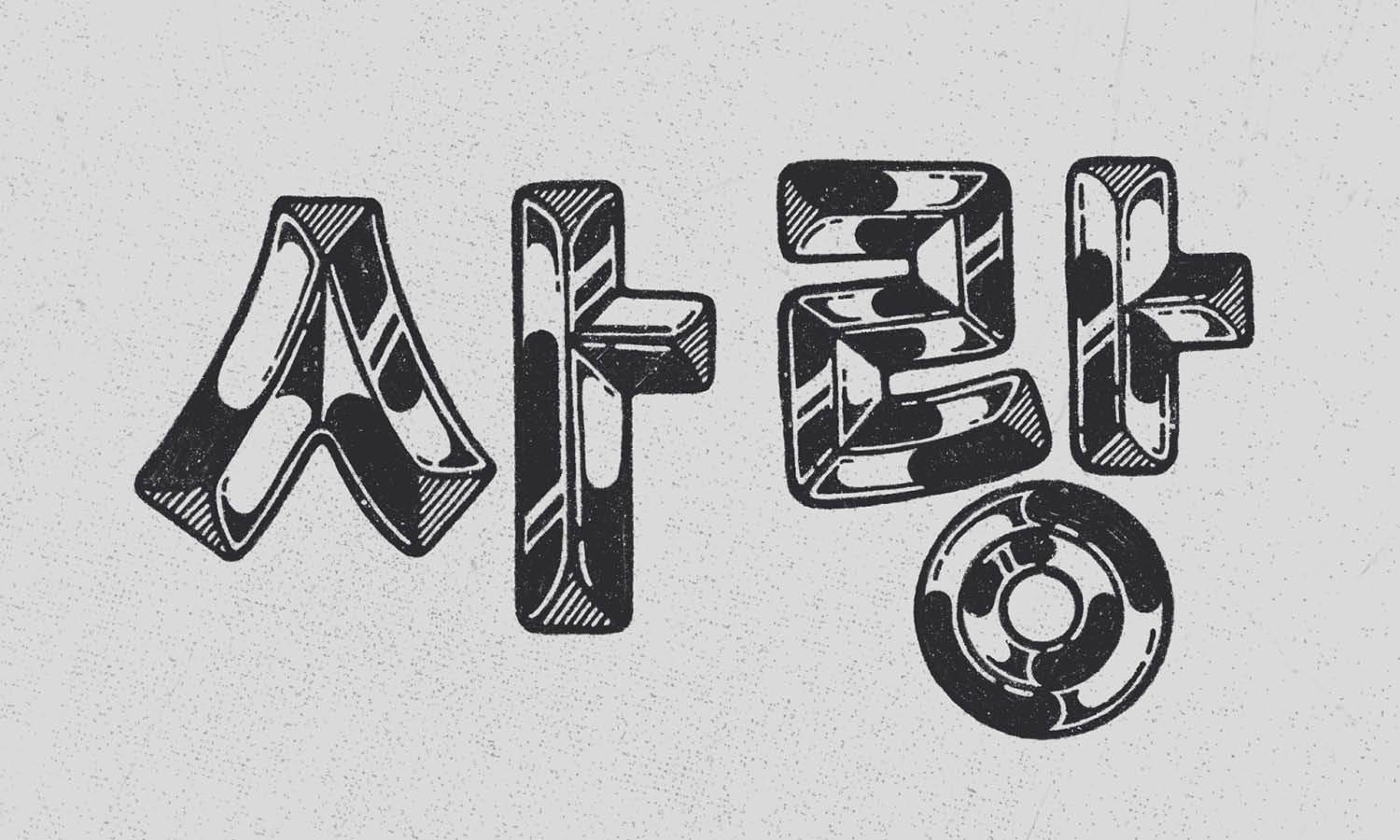
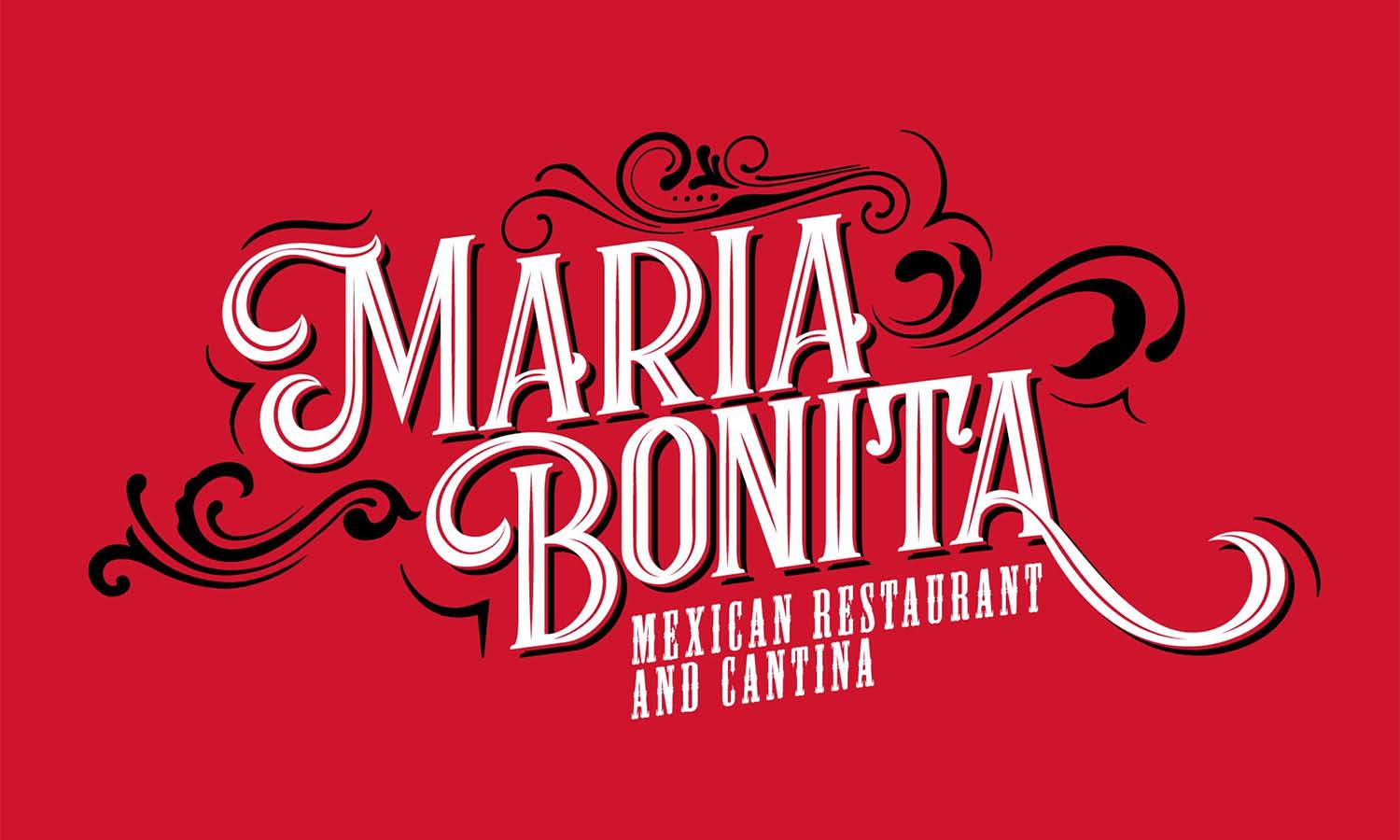
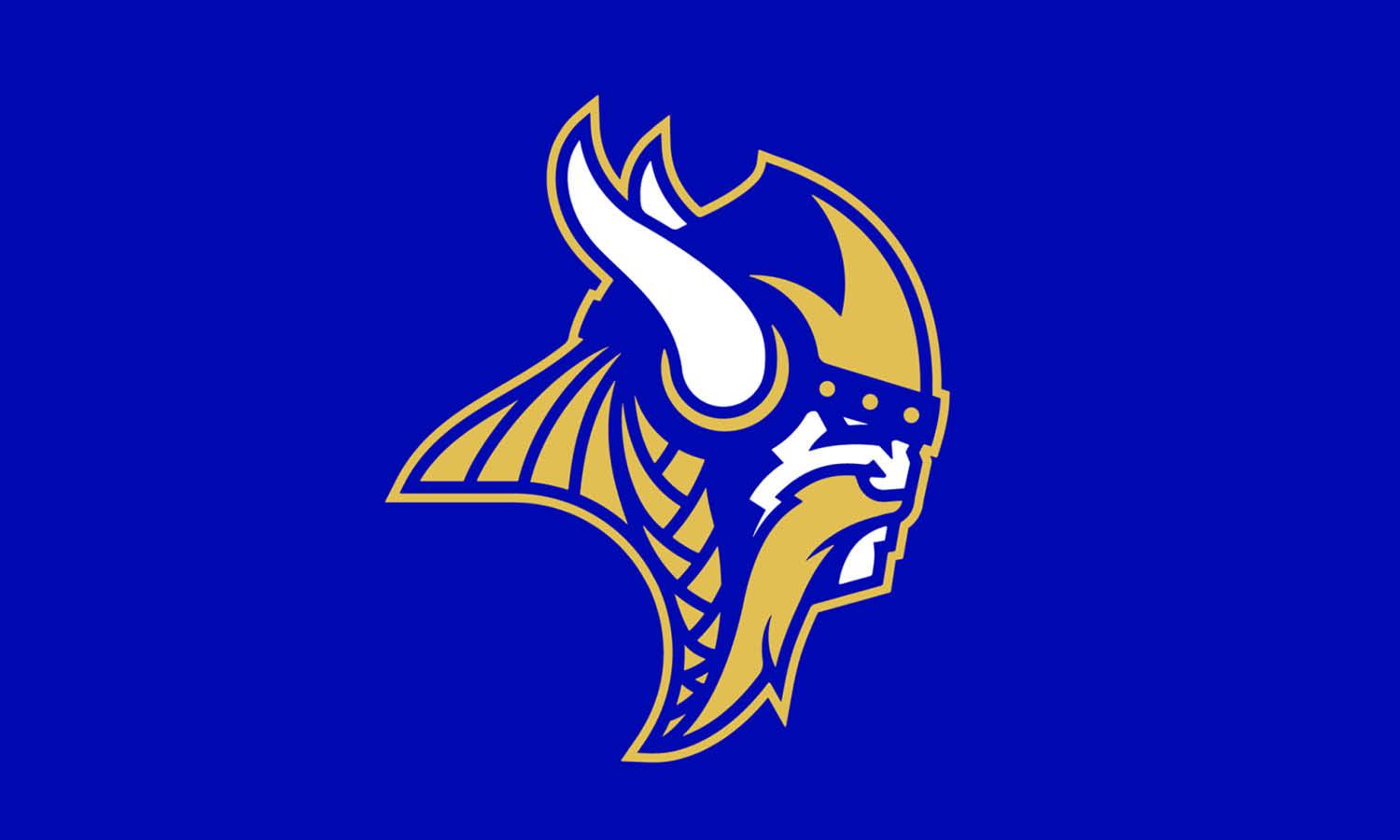
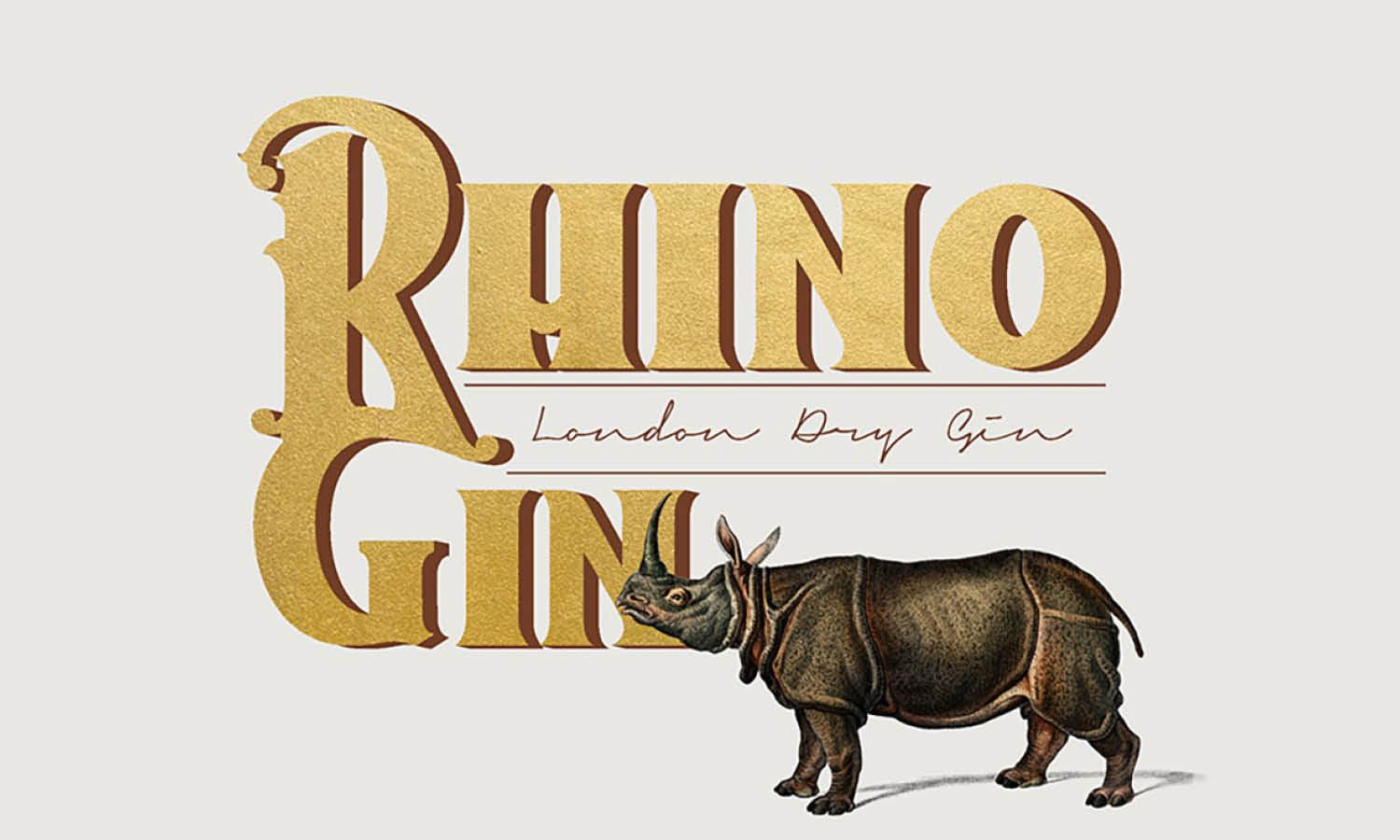
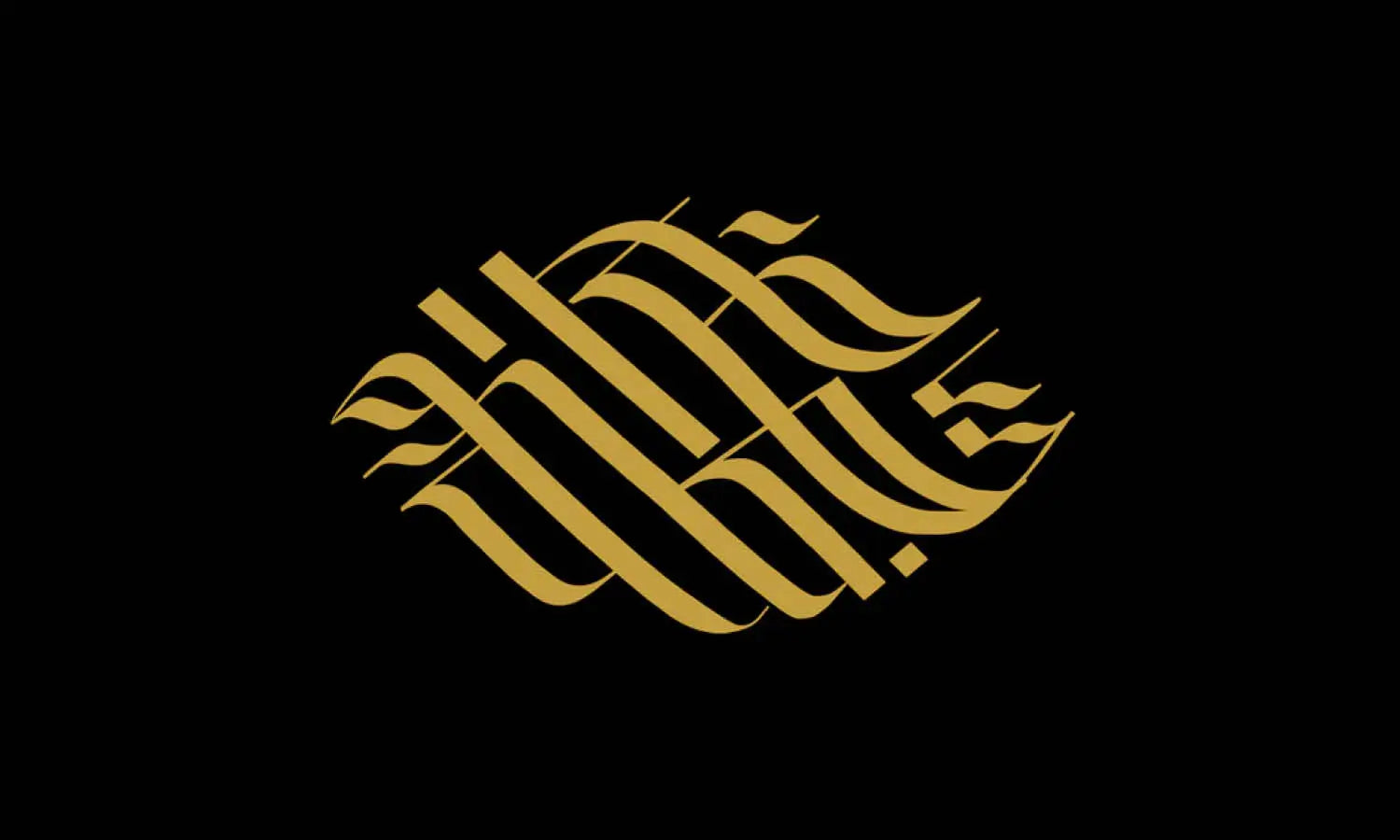
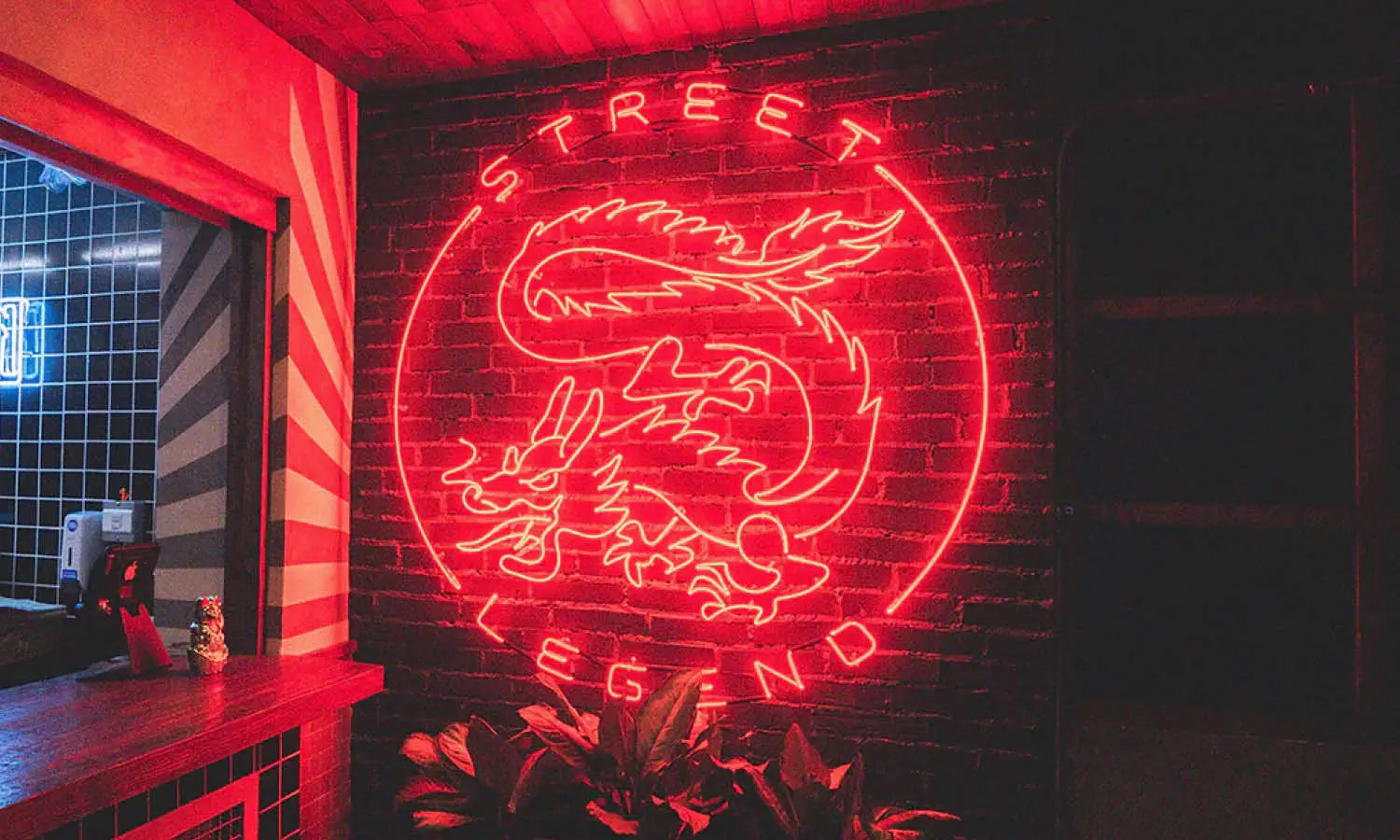
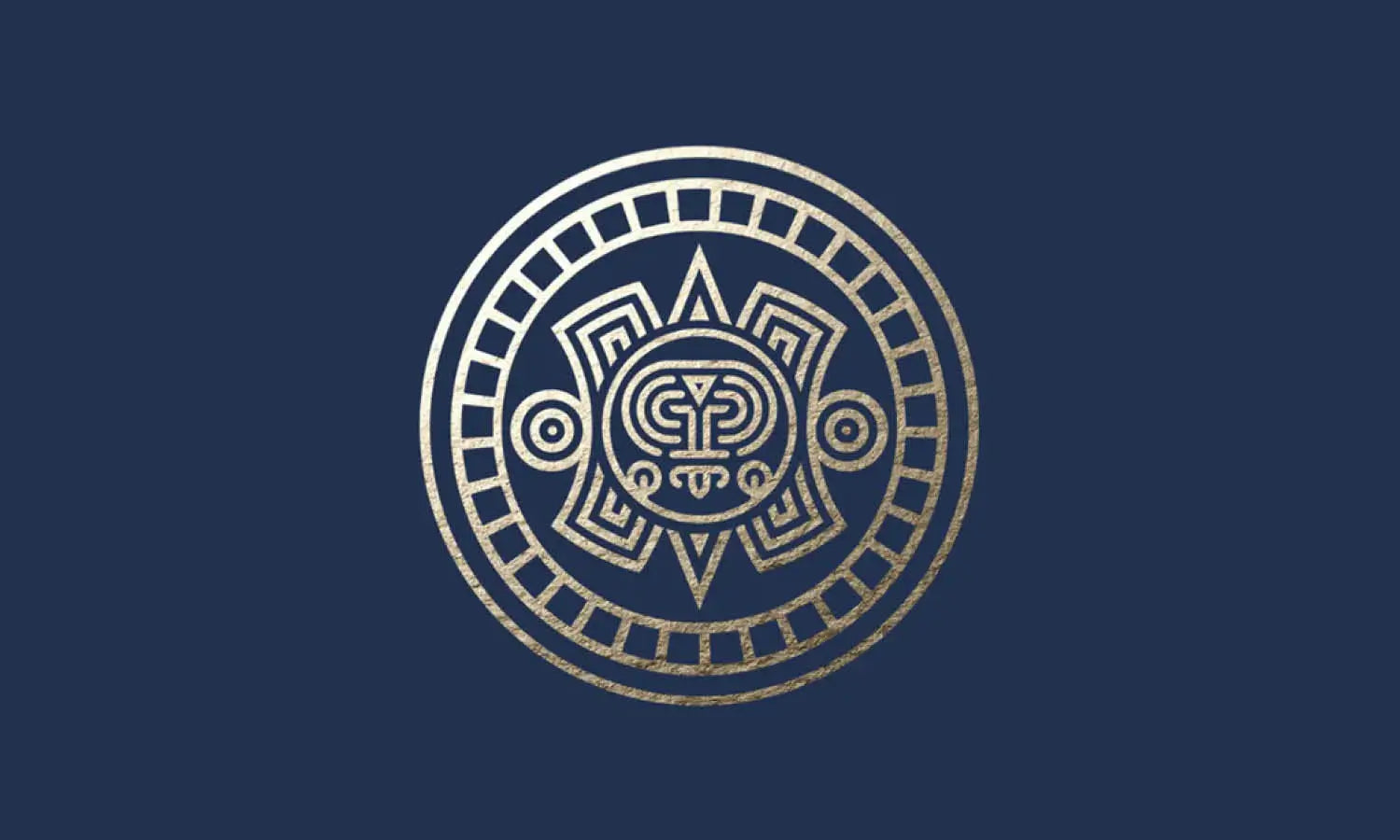
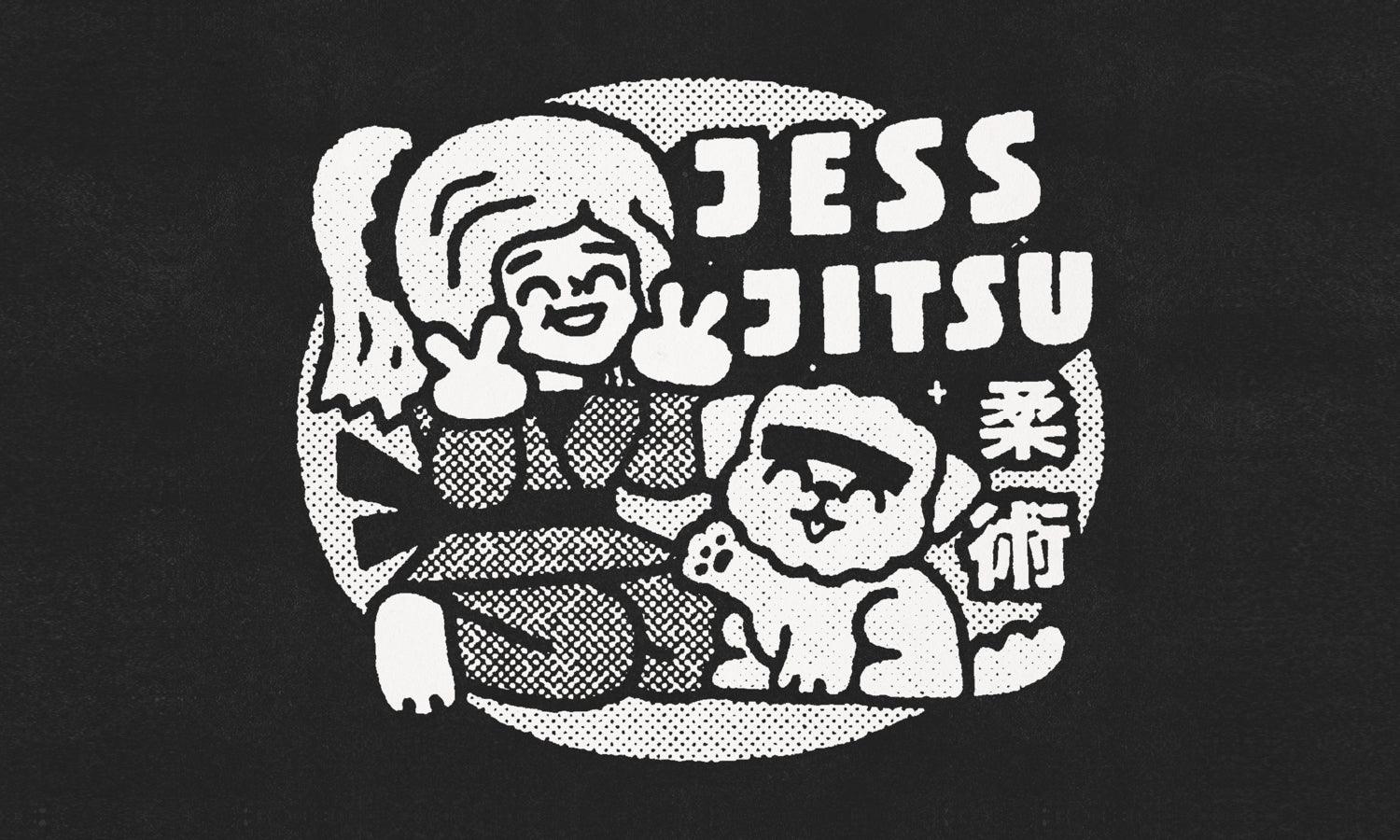







Leave a Comment